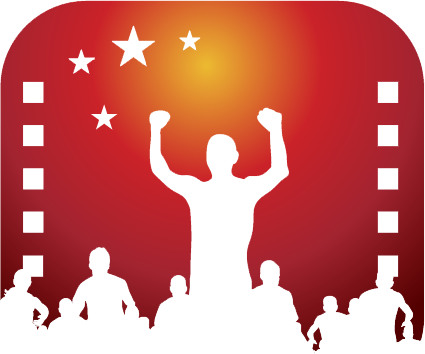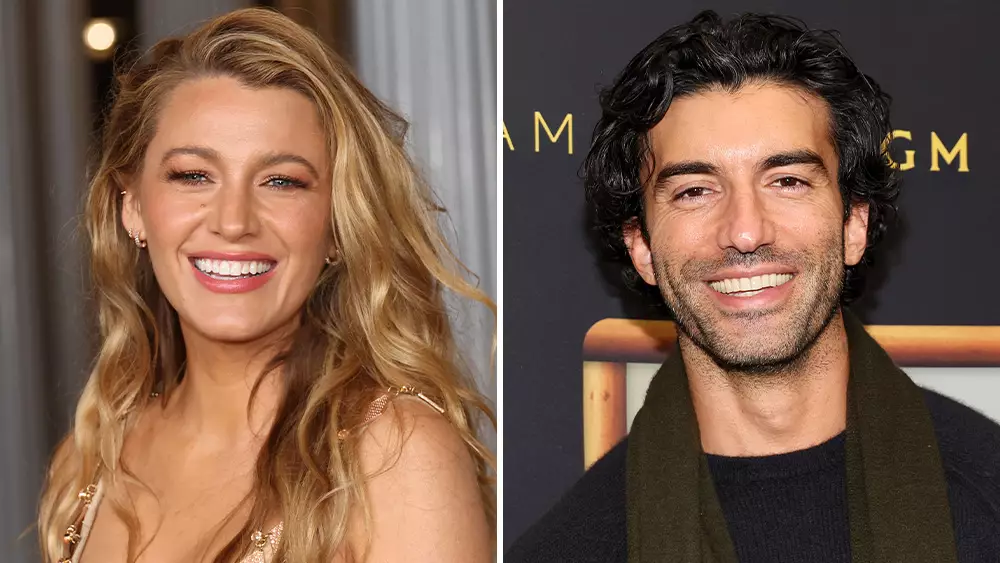The world of entertainment has recently been rocked by serious allegations as actress Blake Lively initiates legal action against her co-star and director, Justin Baldoni, amidst claims of sexual harassment and retaliation. This situation highlights the intersection between Hollywood’s glamorous facade and the darker realities that can lurk beneath. The ramifications of Lively’s complaint extend far beyond personal grievances, raising important questions about workplace safety, accountability, and the often complicated dynamics of power within the film industry.
What began with Lively filing a complaint with California’s Civil Rights Department has escalated into a federal court lawsuit, revealing a complicated narrative of alleged manipulation and retaliation. The initial accusations laid the groundwork for a more extensive legal battle, focusing sharply on workplace ethics and the treatment of individuals who speak out against misconduct. Lively’s attorneys assert that the “coordinated retaliatory scheme” employed by Baldoni and his associates was designed to silence not just her, but anyone who might have considered voicing dissent regarding the environment on the set of “It Ends With Us”.
This escalation signifies a critical moment for Hollywood, where individuals, particularly women, are often left vulnerable when confronting powerful figures. Lively’s situation is not unique but rather fits into a broader pattern of increased awareness regarding workplace harassment within the industry. Her legal actions stress her commitment not only to her own safety and dignity but also to advocating for a collective emergence from a culture that has historically favored silence over accountability.
The Fallout: Legal Implications and Industry Repercussions
In her formal lawsuit, Lively’s ask for unspecified damages is coupled with a narrative that paints Baldoni and his team as orchestrators of a campaign meant to dismantle her credibility and safety. The legal documents reportedly outline thirteen claims against Baldoni and his production team, indicating the seriousness of her allegations. This includes accusations of breach of contract alongside how Baldoni’s public relations strategies allegedly sought to undermine Lively’s position. Several key players involved, such as PR executives, are also cited, pointing to a culture that may normalize aggression as a response to vocal criticism.
This series of events also coincides with a separate, hefty legal challenge brought by Baldoni against the New York Times concerning an article that exposes the intricate behind-the-scenes dealings of Hollywood. This counterattack adds another layer of complexity, suggesting that the stakes are high not just for Lively but for all those involved in the production. The mutual lawsuits only serve to muddy the waters, creating a chaotic atmosphere where public perception and private realities clash fiercely.
While the legal battles commence, the media’s role in shaping public perception cannot be overlooked. Both Lively and Baldoni have found themselves embroiled not only in courtrooms but also in the relentless court of public opinion. Lively’s attempt to highlight systemic issues within the industry contrasts sharply with Baldoni’s defense, which aims to dispute the integrity of Lively’s claims. As both parties deploy their narratives, each aiming to garner public support, the situation underscores a critical dynamic: the tussle between personal reputation and institutional accountability.
Baldoni’s PR team has publicly rejected any implication that they engaged in a smear campaign, and yet, their private communications have raised eyebrows. A Facebook post that was later deleted acknowledged a certain “sophomoric” tone in reaction to Lively’s concerns, which further complicates their defense and highlights the differing perceptions of professionalism within the industry. As social media platforms amplify these narratives, the potential for reputational damage increases exponentially, exemplifying how intertwined public relations and legal challenges have become in modern celebrity culture.
With these allegations surfacing, there’s a vital conversation that emerges regarding the need for reform within Hollywood regarding workplace behavior and the handling of allegations of misconduct. Lively’s lawsuit may serve as a catalyst for dialogue around not only the necessity of safe environments for cast and crew but also the structures that allow for retaliation against whistleblowers.
As more individuals in the industry take a stand against abusive practices, there is hope for a shift towards greater accountability. The legal proceedings initiated by Lively may pave the way for others to come forward, ultimately helping to dismantle a culture of silence that has pervaded the industry for too long. Her actions reflect a brave stance fueled by a desire for change, potentially inspiring a new standard for workplace respect and integrity in Hollywood, and beyond.
Blake Lively’s unfolding legal saga with Justin Baldoni serves as a litmus test for the entertainment industry. With both sides poised to fight, the ramifications of this case may echo in the halls of Hollywood long after the final gavel has fallen. It raises essential questions about the responsibilities of creators and the rights of those who contribute to the artistic narrative, ultimately calling for a more just and equitable industry.


Leave a Reply